A brief introduction to the concept of houseplants and their benefits of brown mushroom in houseplant.
Houseplants are living plants that are kept indoors by counting the touch of nature in our home and work environment.
They offer tons of benefits, filter toxins, check quality, enhance personality and productivity and drive smart offers.
Furthermore, houseplants can help alleviate feelings of stretch and well-being.
Small Brown Mushrooms
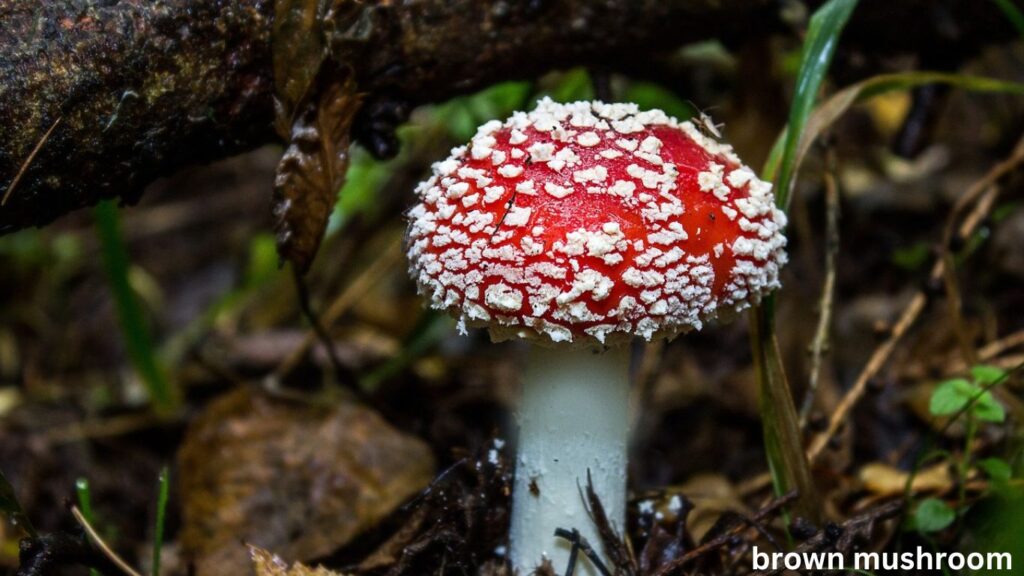
Conocybe species, commonly known as small brown mushrooms (“LBMs”) or cone heads, are another type of saprotrophic organism found on common pruned trees.
Although more than 200 species have been mentioned, all of these long, thin mushrooms prefer to be nourished on rotting logs or manure.
Conocybes enter your pruned plants via spores found in nutrient-rich soil, which typically takes the form of composted dairy or goat manure.
Like window box parasols, these mushrooms will actually process decomposing natural matter and return essential supplements to your soil that are not harmful to your plants.
Also caring for them gives a satisfying side to curiosity that strengthens mindfulness and connection with nature.
If you’re a decorous plant lover, incorporating houseplants into your space can create a more energetic and inviting environment.
Why The brown mushroom as a common occurrence in houseplants?
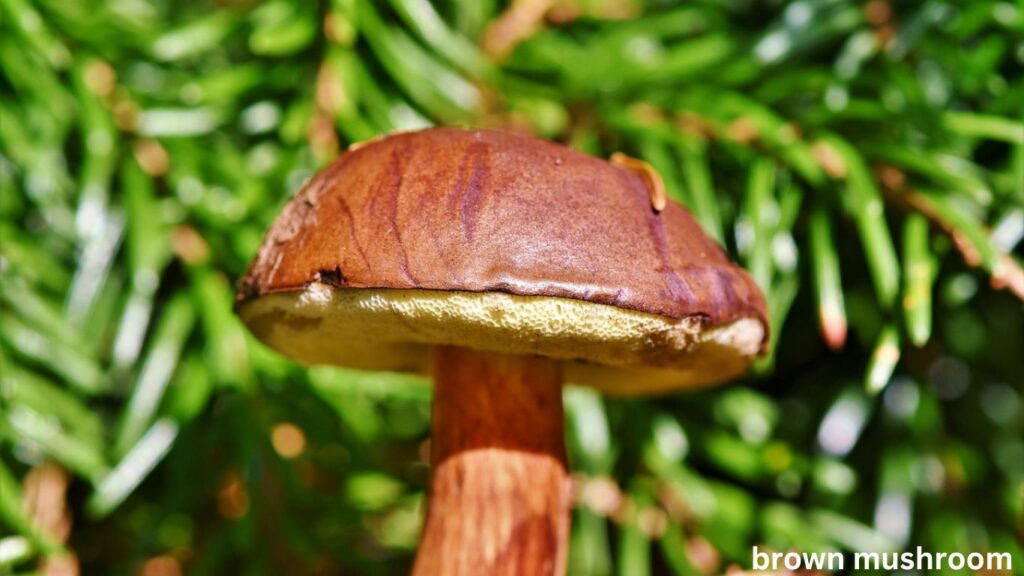
Brown mushrooms are a common find in the household world, habitually appearing suddenly in pots or on the surface of soil.
These life forms are usually a sign of a rich organic structure within your plant’s environment.
Although they may be irritating to a few, brown mushrooms can regularly appear if your soil is rich in natural nutrients and moisture.
These can be parcels of a common cycle, contributing to normal material decomposition and sound soil progression.
Understanding their closeness can help plant owners appreciate the complexities of their indoor gardens and ensure that their plants can continue to thrive.
Characteristics of Brown Mushrooms
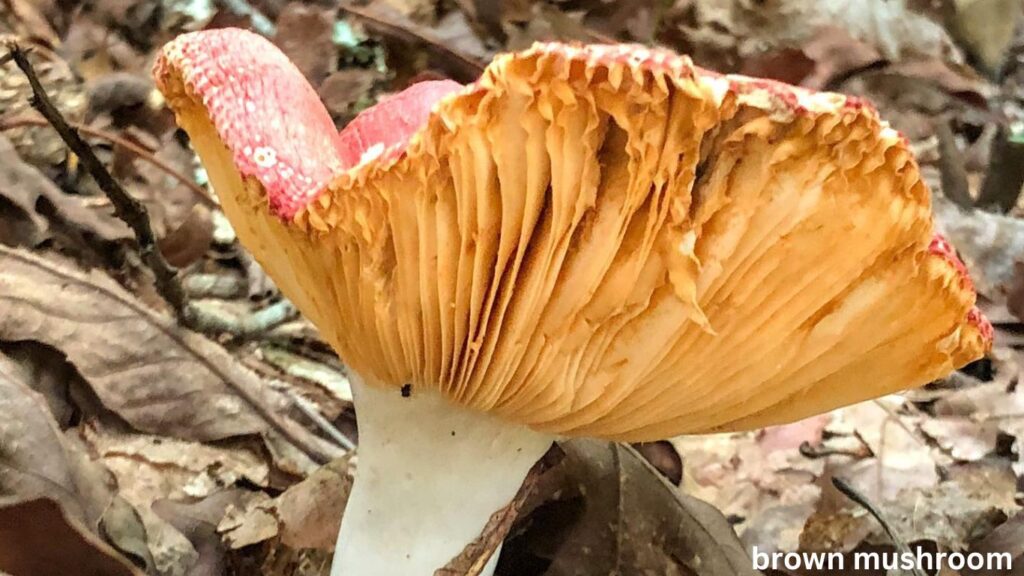
Their common species found in households and Brown mushrooms are a type of parasite characterized by their brown caps and stems, usually found in isolated situations.
Some of the most irresistible species that can be displayed in indoor settings include:
Agaricus Bisporus
This is the recognized button mushroom, often found in essential stores.
Although usually produced for food, it can also form in household soil, especially in nutrient-rich environments.
Lentinula Edodes
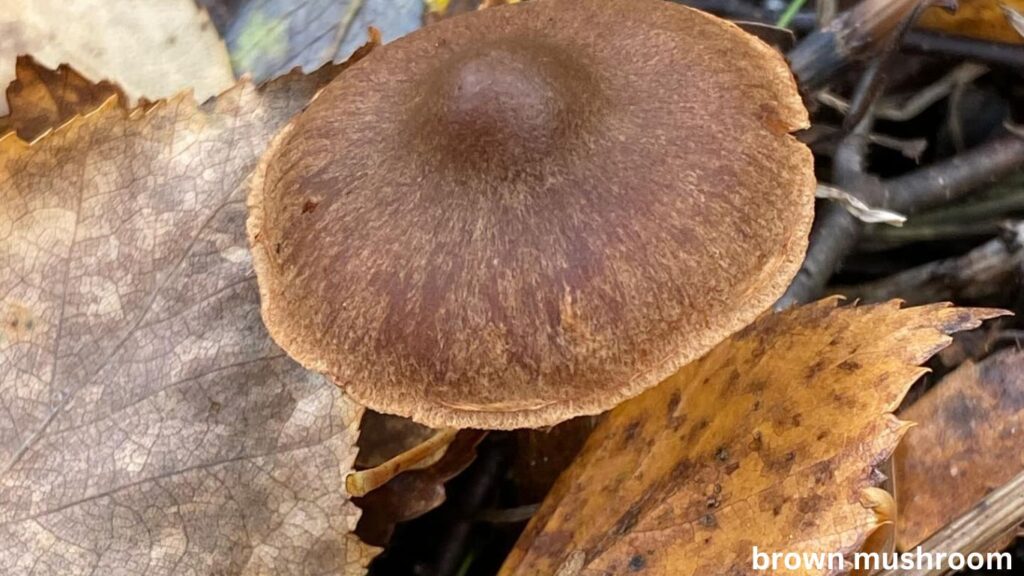
Also known as shiitake mushrooms, these can also thrive in houseplant settings.
They show an aversion to the fact that they are habitually built on wood.
They can sometimes appear in a mixture of plans with satisfactory generalities.
Psilocybe Cubensis
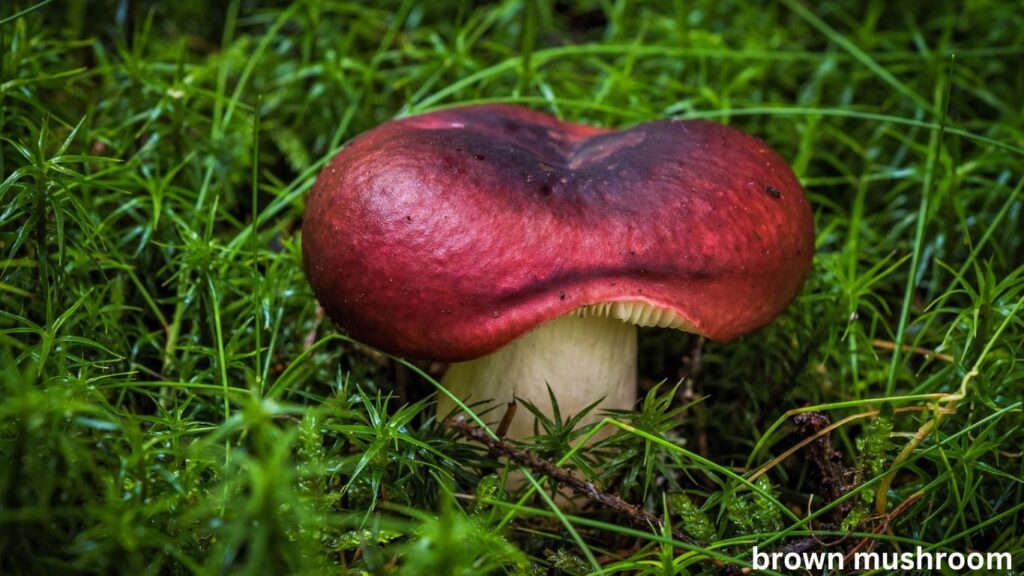
Although not commonly found in households, this species is in some cases mistakenly recognized as a brown mushroom.
Due to its psychoactive properties it is fundamental to be cautious about it.
These fungi work in different parts of the soil organic structure, making a difference in decomposition and nutrient cycling, contributing to the general prosperity of your plants.
Understanding their species can help you manage them effectively in your indoor garden.
Brown Mushroom in Houseplant For Appearance Details
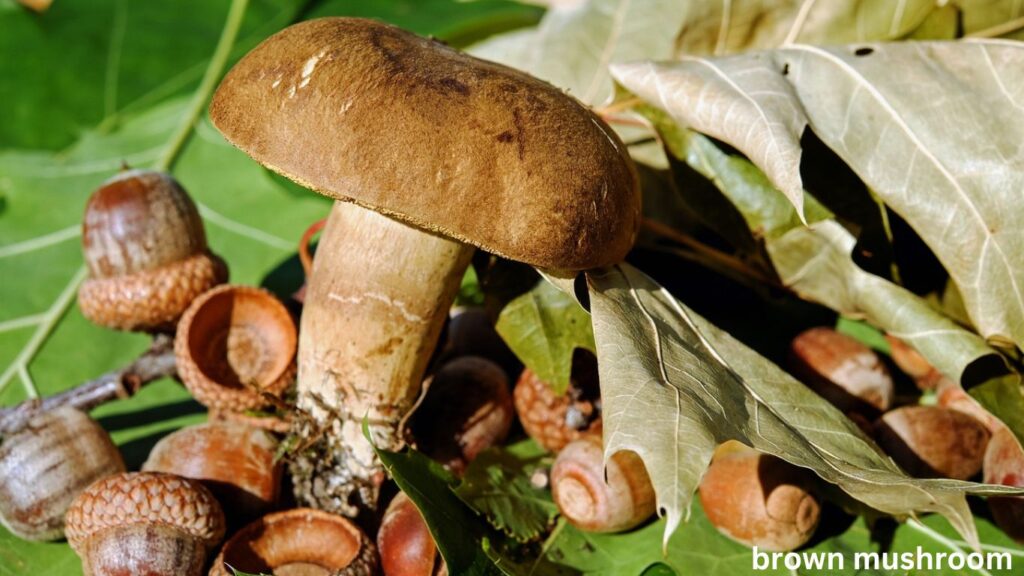
Color
Caps range from a light beige to a well-closed, murky brown, with a slightly shiny surface in some cases.
The gills on the underside of the cap may be lighter in color, regularly varying from white to pale brown.
Size
Brown mushrooms can basically run in degrees. Smaller cultivars may have caps that are a reasonable few millimeters wide, although larger species may build up to several inches.
And huge, you can find mushrooms in the soil of houseplants that are anywhere from 1 to 4 inches in diameter.
Shape
Caps can be dome-shaped when strong, correcting as they form.
Stems are often rounded and not hollow and can run densely, usually appearing smooth or slightly textured.
Understanding these characteristics can help you identify fungi on your houseplants and assess their potential impact on your houseplants.
Clarify their part in the organic structure of houseplants.
Brown mushrooms play an important role in the houseplant environment, contributing to soil richness and plant health in several ways,
Decomposition
Mushrooms are important decomposers, breaking down natural material in the soil such as dead take-off, tree roots and other natural debris and jetsam. It releases ready-made supplements back into the soil, leaving them open for absorption by your houseplants.
Complementary Cycling
By breaking down the characteristic texture, mushrooms provide cycle supplements such as nitrogen, phosphorus and potassium, which are essential for plant growth. This simple reuse plan improves soil preparation, promoting more beneficial plants.
Improving Soil Structure
Mushrooms contribute to soil structure by forming mycelium, which is an organization of infectious strings.
A difference in this mycelial organization negotiates advance soil circulation and water retention, creating a more accessible environment for plant roots.
Mycorrhizal Relationships
Some brown mushrooms outline valuable mycorrhizal associations with plant roots.
In these associations, parasites increase the reach of the root system, allowing plants to more efficiently absorb water and nutrients.
In return, plants allow life to form with carbohydrates through photosynthesis.
Biodiversity
The close-up of mushrooms depicts different soil organic structures, which are valuable for plant prosperity.
A shifting microbial community can help ward off disease, promote resilience, and foster a balanced environment for houseplants.
Overall, brown mushroom supplements promote openness.
Soil structure and plant growth, updating the environment of houseplants, making them important companions in the indoor garden.
Why Do Brown Mushrooms Appear on Houseplants?
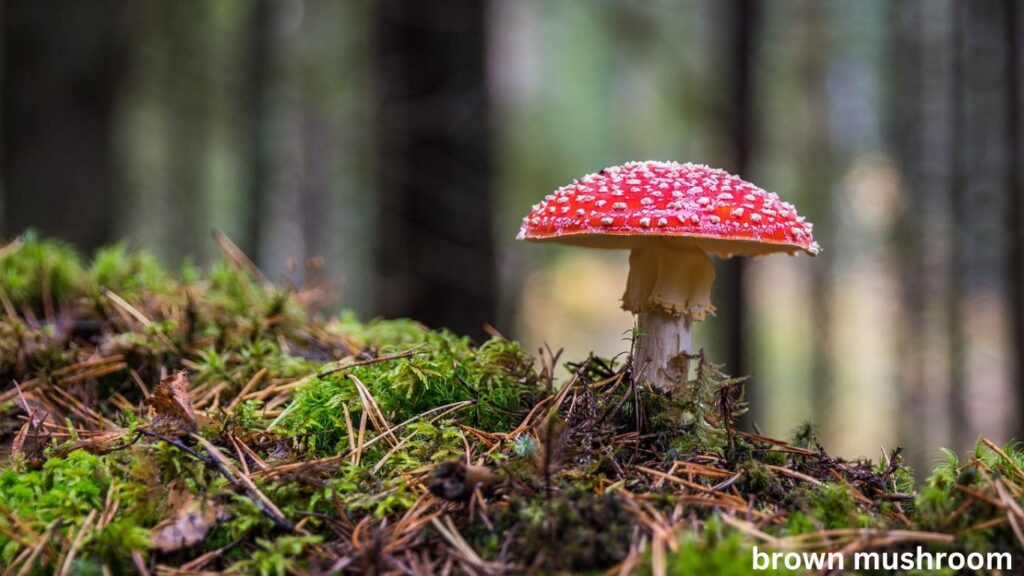
Conversation is almost the most common reason for the appearance of brown mushrooms. Overwatering and depressed drainage.
Over-watering and leaking down and out are two basic factors that can lead to the advancement of brown fungus on houseplants.
Overwatering
Overwatering occurs when plants receive more water than they can handle or when the soil is reliably wet.
This often comes from spot watering or not allowing the soil to dry out between waterings.
Implications
Contamination of resources creates an ideal environment for parasites, as they thrive in polluted conditions.
Overwatered soil can create a breeding ground for fungi, as the normal soil structure begins to break down more quickly under these conditions.
Poor Seepage
Down and out abuse occurs when the soil does not allow excess water to escape, habitually compacted soil, poor potting choices, or drainage cracks are required.
Soil that is too compact can suffocate plant roots, leading to root rot.
Impact
When waste is absent, water accumulates in containers, creating a waterlogged environment.
This stagnant water not only stresses the plants, but also promotes the development of parasitic growths in the brown fungus.
Managing Overwatering and Drainage Problems
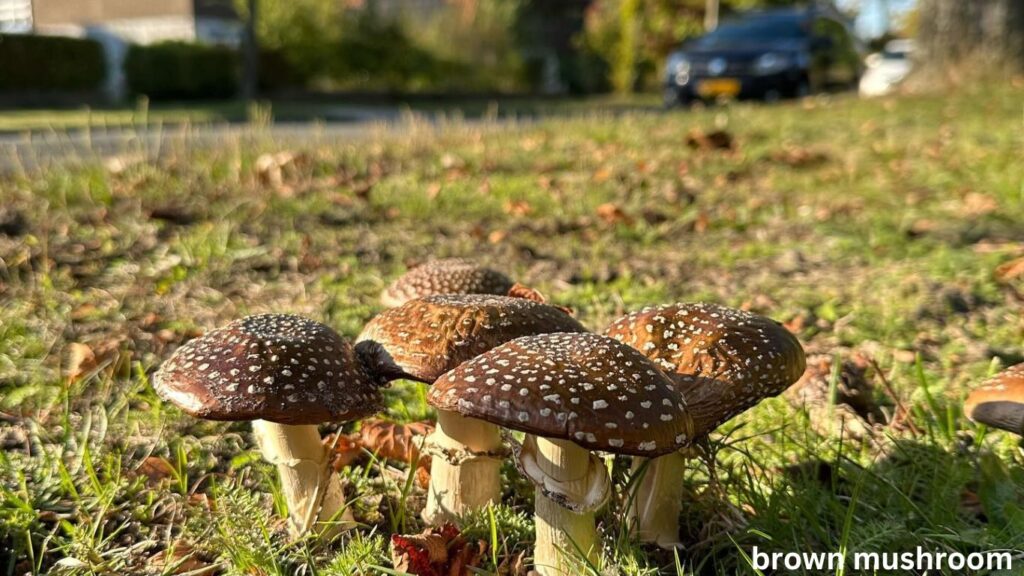
To avoid overwatering brown mushrooms and reduce wastage, consider adopting these tips,
Watering is Sharp
Allow a few inches of soil to dry out with one more late watering. If you are unsure, use a moisture meter.
Soil Choice
Pot for a well-draining plan mix designed for home use. Addition of perlite or coarse sand can advance drainage.
Pot Proofing
Make sure your pot has good leak holes to allow plenty of water to drain out.
Repotting
If you notice leakage issues, consider repotting your plant in unused, well-drained soil and a sensitive container.
By not worrying about overwatering and leaks, you can create a more conducive environment for your houseplants and reduce the chances of brown fungus.
Long warts and characteristic substances in soil. The long stickiness and characteristic substance of the soil are essential factors that contribute to the development of brown fungus on houseplants.
High Humidity
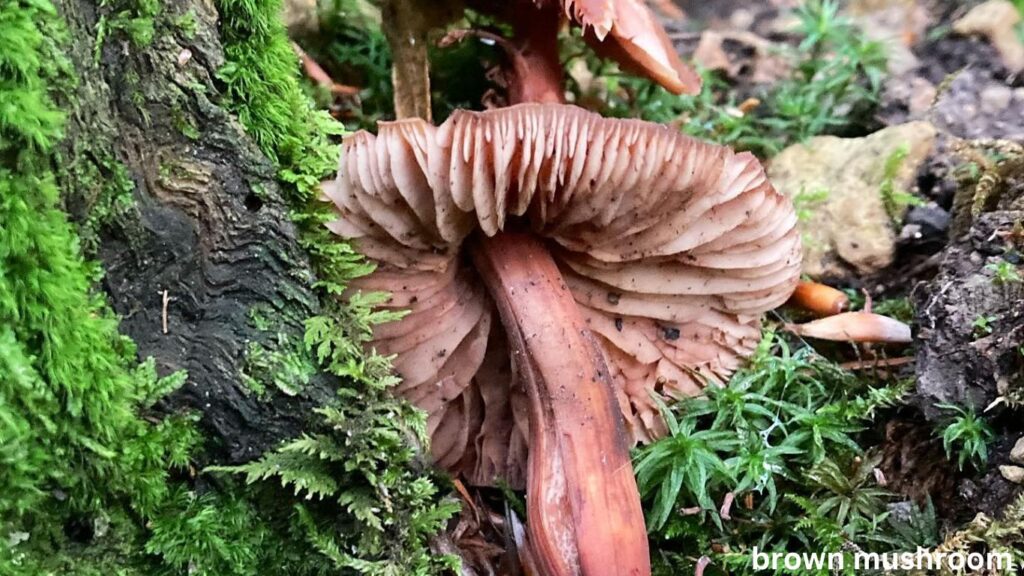
Illustration
Long stickiness tests indicate increased moisture levels, found in indoor conditions with regular down and outside ventilation or when plants are regularly misted.
Effect
Life forms in sticky conditions and increased moisture levels create the ultimate environment for mushroom growth.
When magnesian levels are reliably tall, it can be not only as infectious copy progress but also other problems such as mold and mildew.
Organic Matter in Soil
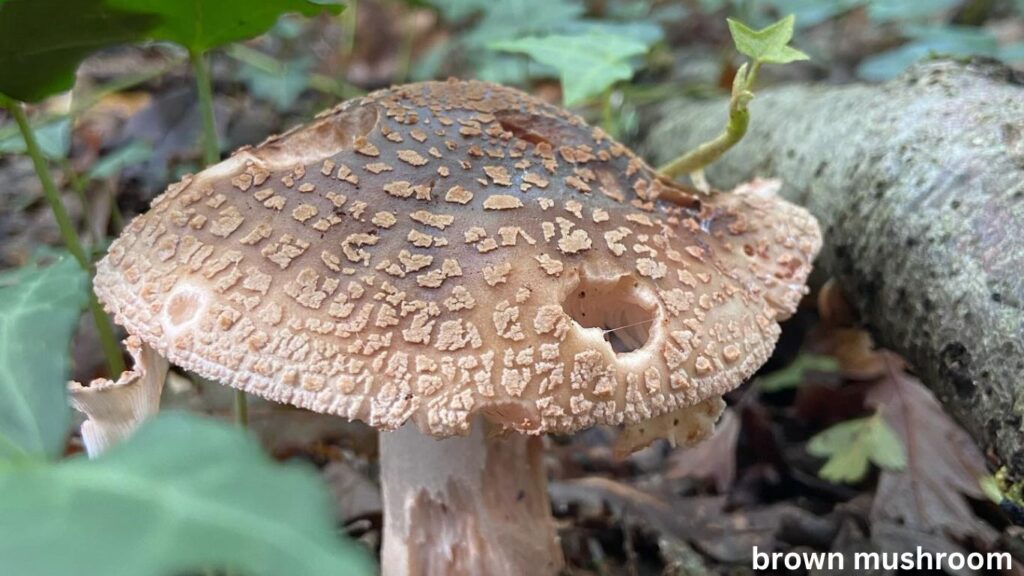
General matter combined with rotting plant matter, compost and other general matter that improves the soil.
Although valuable for plant growth, the abundance of characteristic substances can provide a good food source for fungi.
Effect
When characteristic substances are broken down, it creates a nutrient-rich environment that encourages infectious growth.
Brown mushrooms can become organisms of rotting plans, especially in damp conditions where natural substances are sufficient.
A Overseeing Long-Term and Normal Affairs
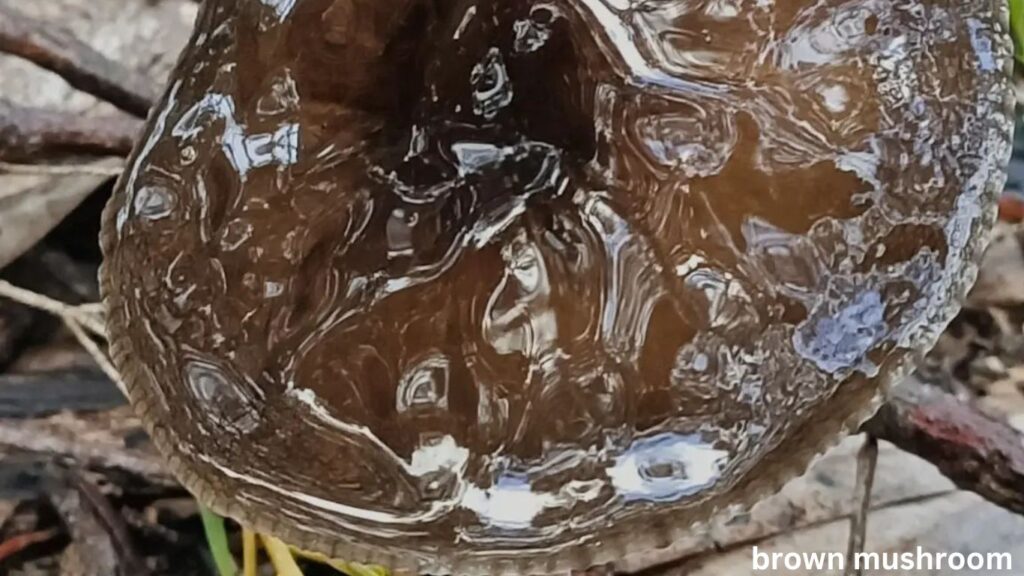
To expect brown mushroom growth due to its long adhesiveness and more than usual strategies,
Humidity Control
Use a hygrometer to screen indoor humidity levels. 40-60% relative humidity points for most houseplants.
Increase ventilation by opening windows or using fans to circulate air. Avoid over-soaking plants, as this can increase magnesium levels.
Biomass Management
Use planning soil that contains a suitable amendment of natural materials, avoiding too well or compost-heavy mixes.
Regularly clean empty spoils and reduce natural debris and jetsam from the soil surface to provide food for fungi.
Sometimes consider restoring the beet layer of the soil to maintain a sound variation of supplements without overburdening the character.
By tending to tall sticks and managing common issues, you can make an environment less favorable for brown fungus to thrive while increasing the prosperity of your houseplants.
Why are Brown Mushrooms Forming on My Houseplant?
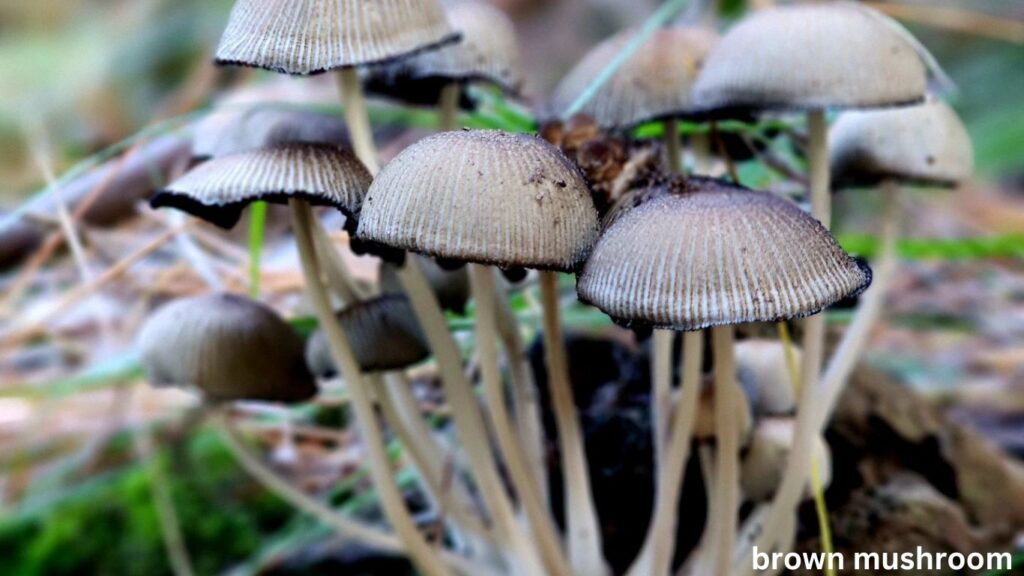
If you’ve noticed brown fungus growing on your houseplants, you’re not alone.
It’s a surprisingly common occurrence, especially in warm, sticky conditions. But why are they there?
Brown mushrooms are produced as much as possible in houseplant soil due to the combination of chlamyses, natural substances and spores in the environment.
Here are The Common Reasons For Their Appearance
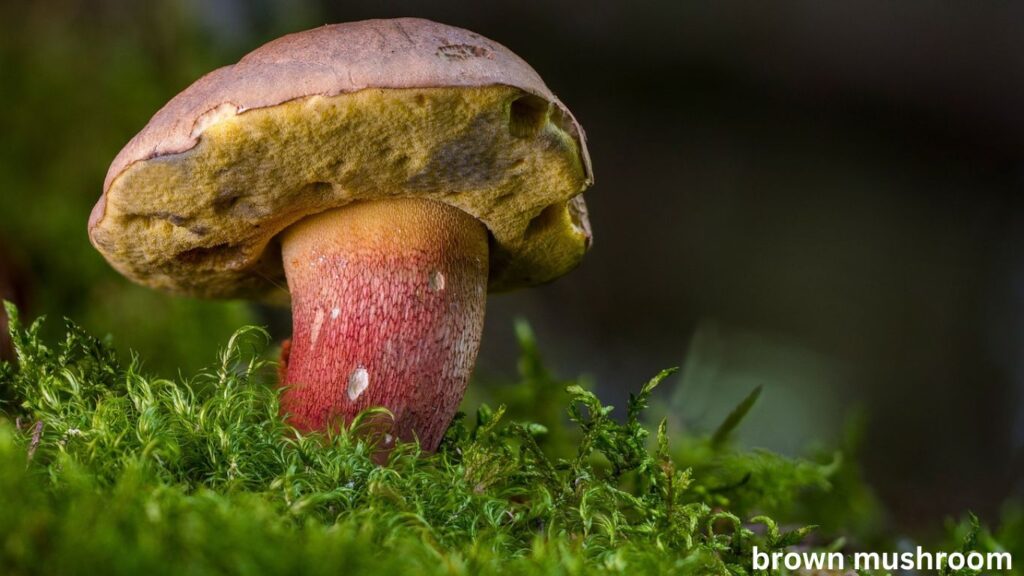
Fungal Spores in Planning Soil
Mushrooms are the fruiting bodies of living organisms, and their spores may be present in the planning mix when you buy it.
It’s especially honest to goodness if the planning mix contains compost or other common ingredients.
Overwatering is one of the main factors that lead to mushroom growth.
Mushrooms thrive in saturated conditions, so if your plant’s soil is reliably moist, it provides ideal conditions for parasites to thrive.
Long Adhesive Layer
Mushrooms are commonly found in long adhesive layers, especially in homes that maintain tropical or subtropical temperatures.
These conditions reflect a typical forest floor, which is conducive to infectious growth.
Erosion of General Texture
As plan soil breaks down, especially if it contains general materials such as bark, coconut coir or peat.
it can release nutrients that provide energy for parasites to develop. Mushrooms habitually reinforce this spoiling element.
Are Brown Mushrooms Dangerous to House Plants?
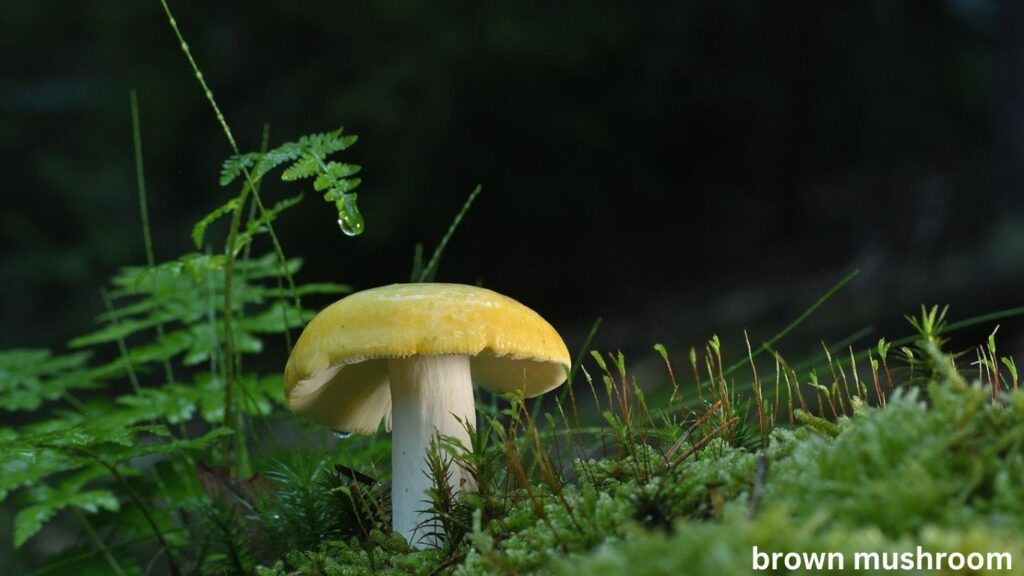
Fortunately, in most cases, brown fungus infestations on your houseplants are not harmful to the plants themselves.
In fact, they may now and then appear to have a strong, indeed strong soil environment.
Parasites, checking mushrooms, help break down organic matter, which in turn can release supplements that plants can absorb.
However, while mushrooms may not be particularly harmful, their proximity can cause major problems such as overwatering.
Which can have the opposite effect on your plant’s prosperity. Unreasonably tight conditions can lead to root rot, a real problem for households.
Common Types of Mushrooms on Houseplants
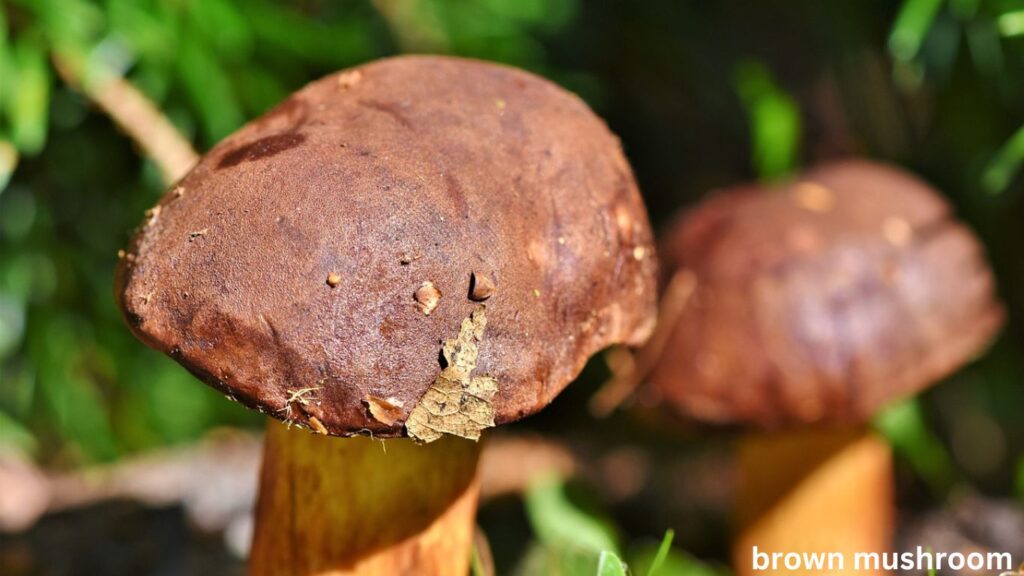
Brown mushrooms in households are often a life form called Leucoprinus birnbaumi.
In defiance of the fact that they are habitually yellow in color, their brown combinations can also appear on indoor plants.
These mushrooms are referred to as “plantpot dapperlings” or “window box parasols”.
They are small, with fine caps, and regularly appear after humid or wet climates.
Although these mushrooms are not harmful to plants, it is fundamental to note that they are harmful to people and pets if eaten.
Is it Safe to Have Mushrooms on My Houseplant?
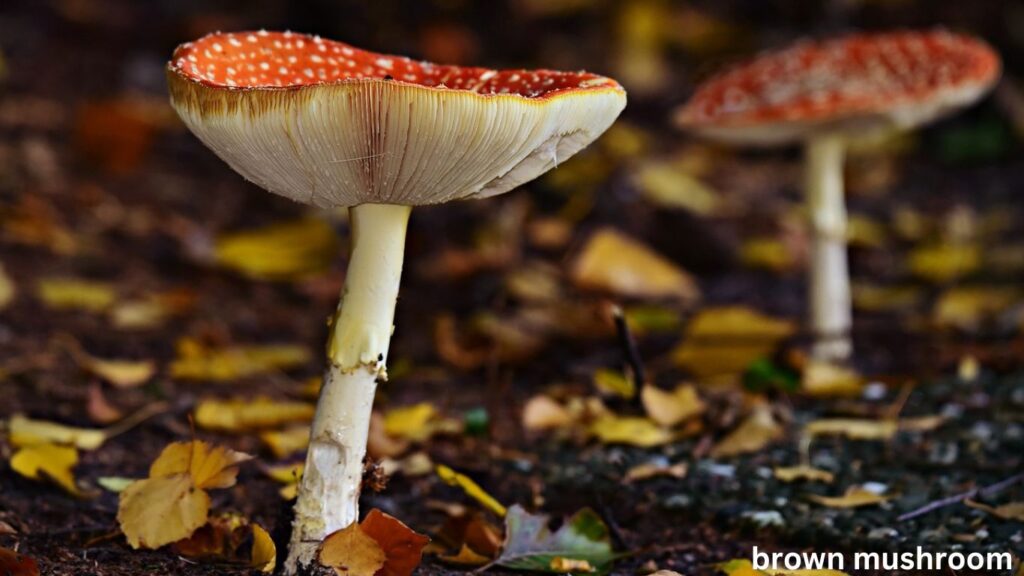
Mushrooms growing on your houseplants can be a cause for concern, especially if you have children or pets that might try to eat them.
A variety of mushrooms, including the common brown mushroom found on houseplants, can be harmful if consumed.
The safest method is to empty them when you find them, especially if there is a risk of ingestion.
For plant lovers, address as often as possible whether proximity to mushrooms indicates a problem with the plant.
In general, mushrooms are not destructive to house plants.
They do not strengthen the plant but or perhaps the natural structure of the decaying soil.
However, their closeness can be illustrated down and out care sharpens, such as overwatering.
Although the mushrooms themselves may not cause damage, they can appreciate that changes in plant care are needed.
How to Expect Mushrooms on Houseplants?
If you’re inclined not to grow mushrooms on your indoor plants, here are a few steps you can take to hopefully grow them,
Change Your Water Intake Habits
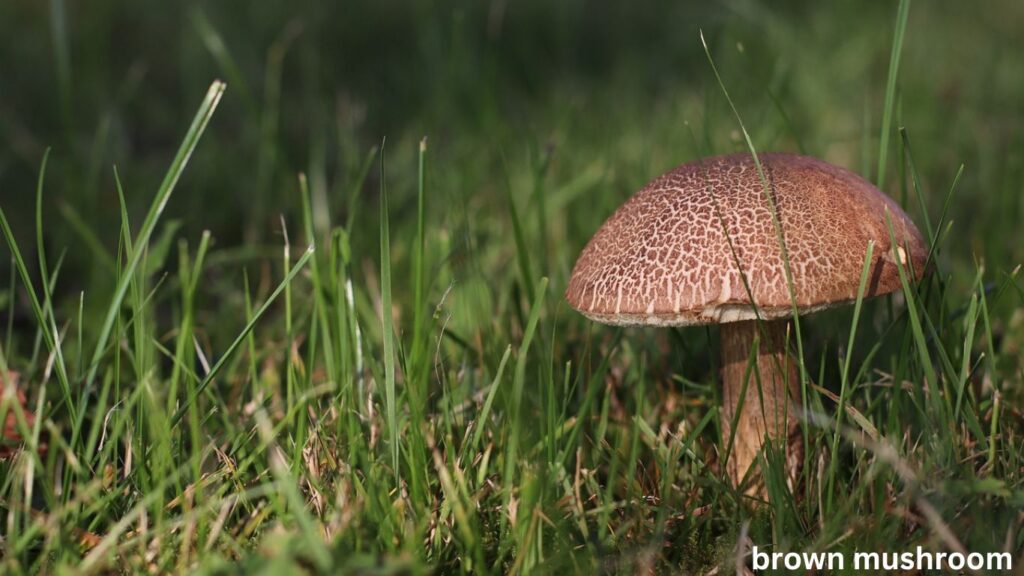
Mushrooms thrive in moist conditions, so change your watering schedule to begin with the anticipation phase.
Make sure the soil has a chance to dry out between waterings.
Check the clammy level by placing your finger on the ground; If the beet inches feel dry, it’s time to water.
Avoid allowing the plant’s saucer to sit in water, as this can create a constantly stagnant environment.
Increase The Prevalence of Testing
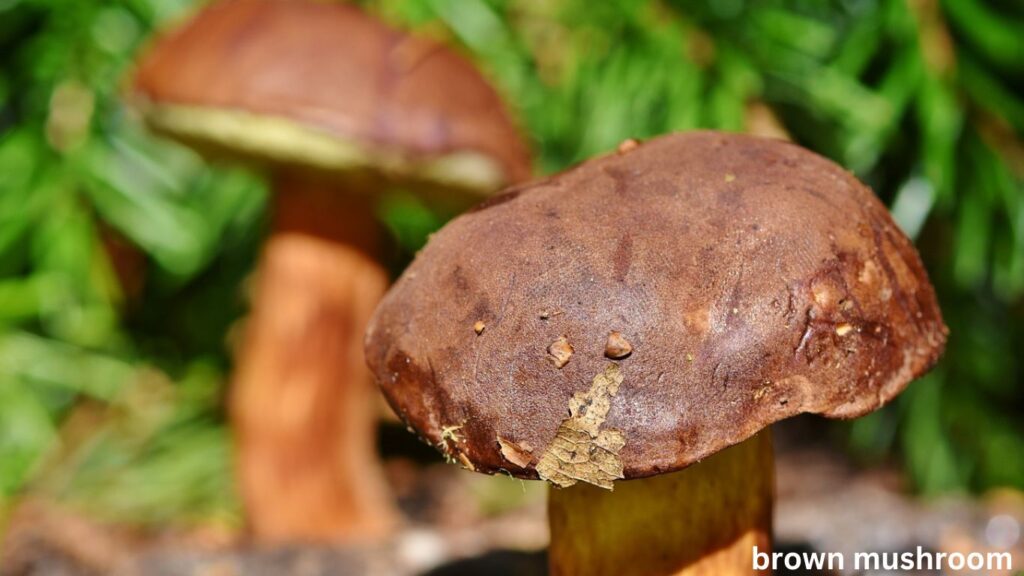
Mushrooms like static, test moist. By extending the circulation test around your plants, you can help anticipate the progress of the infection.
Use a fan or other question to prevent plants from crowding together, which can trap moisture.
Change The Planning Mix
If the mushrooms keep coming back, it may be time to change the plan mix.
Use a well-drained soil that contains less natural material that breaks down easily, such as peat or bark, to discourage mushroom growth.
Sterile Soil Can Additionally Help Reduce Parasite and Spore Infestation
Plant Repot
If the mushrooms persist in showing disdain for water and soil changes, consider replanting the plant entirely.
This will give you the opportunity to root out any existing parasitic improvements and start fresh with an unused planning mix.
Be past any question of cleaning the pot several times completely as the late count improved soil.
Use Fungicides (Carefully)
In actual cases, a fungicide may be basic. In any case, maintain judgment that fungicides should be used as a last resort.
As they can affect the overall prosperity of your houseplants and increase valuable microorganisms in the soil.
Incessantly take care after the instructional on the title.
Safe Removal of Mushrooms
If you want to clean mushrooms from the soil of your houseplant, it is basic to do it carefully
Wear Gloves
Since many mushrooms can be harmful, wear gloves when handling them to avoid the risk of skin irritation or accidental ingestion.
Gently Lift
Grab a handle at the base of the mushroom stem and gently pull it out of the soil. Be careful not to upset the plant’s roots.
Dispose of Mushrooms Responsibly
Do not compost mushrooms, as this can spread spores. Instep, put them in a settled pillage and throw them in the waste.
Check the soil for more seeds: After removing the mushrooms, survey the soil to make sure there are no more mushrooms covering the surface.
You may have to prepare to leave when advanced mushrooms appear.
FAQs
Q: Are mushrooms on my houseplant dangerous?
A: Most brown mushrooms found on houseplants are not dangerous to plants but can be harmful if eaten by people or pets.
Q: How do I stop my plants from growing mushrooms?
A: You can stop mushroom growth by changing your watering pan, expanding the test circulation, and reseeding with unused, sterile soil.
Q: Is it terrible to stop mushrooms in the ground?
A: While not dangerous to plants, picking up mushrooms on the ground can be a hazard if children or pets are around. Cleaning them is a safer option.
Final Thoughts
Mushrooms as Markers of Soil Health, Although finding mushrooms on your houseplants can be uncomfortable, it’s often an indicator of good, good soil.
Living organisms play a fundamental part of the environment, breaking up the normal texture and creating a contrast to push the soil forward with nutrients.
However, their close proximity also assumes that your houseplants are in an environment that may be somewhat sticky or overwatered.
By changing your care plan, you can expect future mushroom growth and ensure that your plant will thrive.
Reference:
